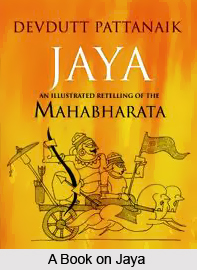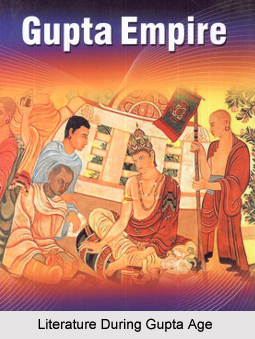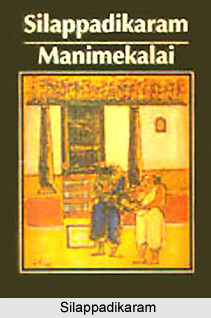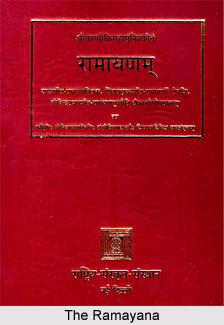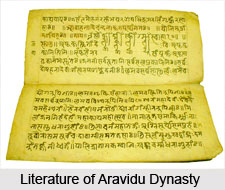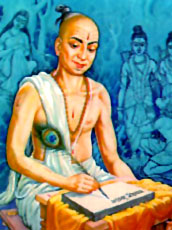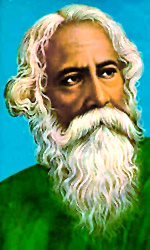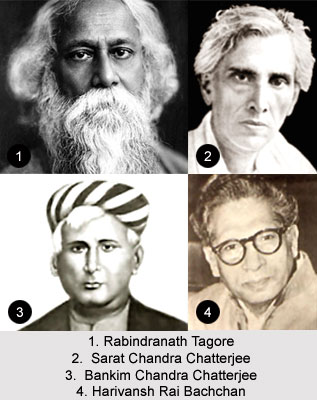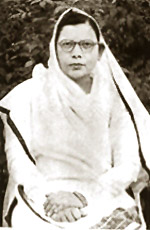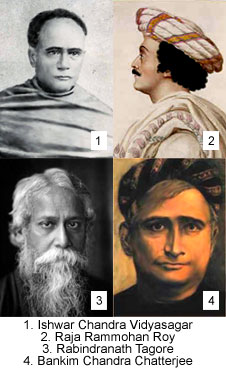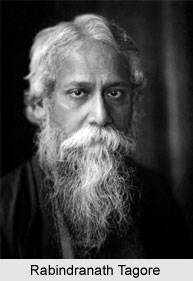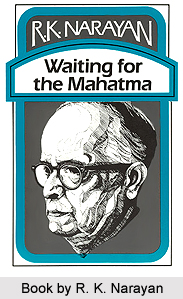 "Waiting for Mahatma" is woven against the unconventional backdrop of the freedom movement. "Waiting for Mahatma" murmurs the romance of Sriram and Bharti set against the scenario of political unrest. Mahatma is here " Gandhiji" himself who is seen participating in the struggle as a character.
"Waiting for Mahatma" is woven against the unconventional backdrop of the freedom movement. "Waiting for Mahatma" murmurs the romance of Sriram and Bharti set against the scenario of political unrest. Mahatma is here " Gandhiji" himself who is seen participating in the struggle as a character.
R. K. Narayan was born at the beginning of the twentieth century, on October 10, 1906 at Chennapatna, near Mysore in southern India. Narayan is a perfect storyteller who weaved a world existing nowhere. But he made it in such a practical way that sometimes it is difficult to think it as a conjured place. He is famous for his made up place Malgudi. Narayan lived till ninety-five years, writing for more than fifty years, and publishing till he was eighty-seven. His books appeal in a quiet, reassuring way that have remained popular over many decades. His writing is also included in so literature coursework in some American universities. Narayan arouses projection of unusual freshness and rare inventiveness with the English literary idiom.
Synopsis:
This story of the waiting for the Mahatma, is also set in the surroundings of the writer`s created village Malgudi. The central character of this story is Sriram. He is a high school graduate and lives with his grandmother in the said village. Sriram is attracted to a girl named Bharati who is active in Mahatma Gandhi`s Quit India movement. So consequently inclined by his love`s route he commits himself to Gandhi`s Quit India campaign, a decision that will test the integrity of his ideals against the strength of his passions. In due course of time he gets involved with anti-British extremists. But in all these process his grandmother gets tensed. Sriram gets involved in some underground activities that takes place in the countryside. He is new to the place and some misunderstandings takes place which turns the story in a comic style. He goes to jail and after returning from there Sriram reunites with Bharati. At the ending their engagement takes place with some of sour taste as this happens in the middle of India`s partition in 1947.
Published by Pan, University of Chicago Press, William Heinemann Ltd., Michigan State University, Indian Thought Publication, etc the `Waiting for the Mahatma` is one of Narayan`s most successful stories.
The piece of work `Waiting for the Mahatma` is written in Narayan`s gentle comic style. The story reflects certain ambivalence towards the freedom movement. The unusual part is the participation of Gandhi as a character. His revolutionary ideas as well as practices are contrasted with the views of different locales and also Sriram`s grandmother. The political struggle serves as a background to Sriram and Bharati`s unconventional romance.
